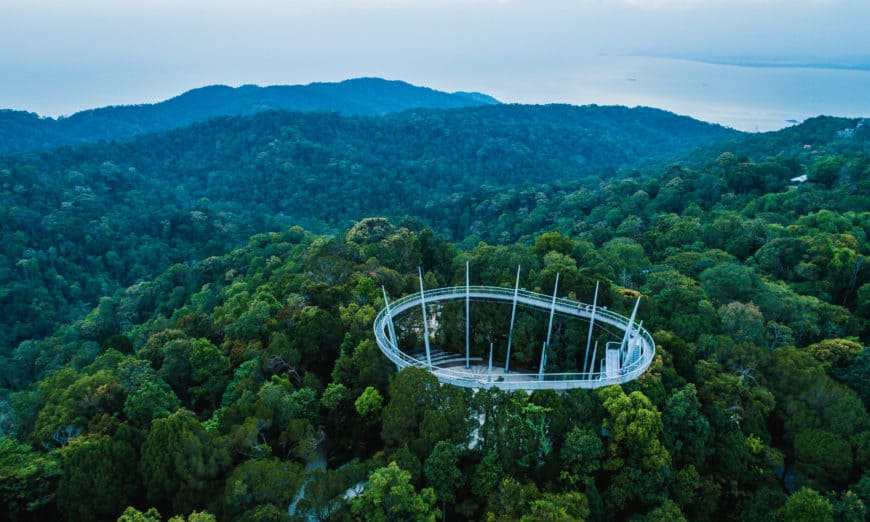THE Penang government is looking forward to embarking on a meaningful and sustainable development of the Penang Hill Biosphere Reserve (PHBR) that was officially listed by the United Nations Educational, Scientific and Cultural Organisation (Unesco) under its Man and the Biosphere (MAB) Programme.
Chief Minister Chow Kon Yeow, who is also the chairman of the Penang Hill Corporation (PHC), said PHBR is the state’s second accolade from Unesco after George Town was accorded the Unesco World Heritage Site status in 2008.
He said the Unesco approval for PHBR listing came during the 33rd Session of the Man and Biosphere Programme International Coordinating Council (MAB-ICC) which was held in Abuja, Nigeria, last night.
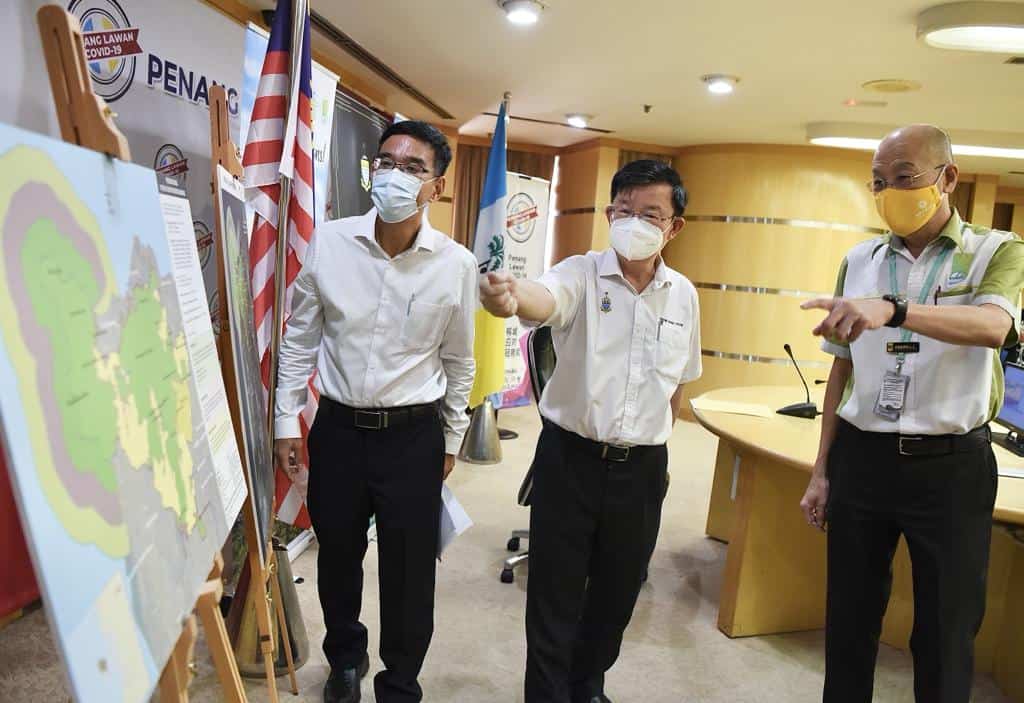
“The state government is most grateful and takes pride in the success of a five-year endeavour for getting the Unesco approval.
“Apart from fostering the harmonious relationship between man and nature, the PHBR also paves the way for Penang Hill and its surrounding areas to become a world-class learning site to explore and illustrate methods of conservation and sustainable development.
“This will bring us closer towards achieving the Penang2030 vision (A Family Focused Green and Smart State that Inspires the Nation).
“We can also expect renewed vigour in our efforts to preserve and conserve our flora and fauna, natural greenery and cultural heritage which are priceless to Penang and her people,” Chow said in his speech via Zoom press conference on the ‘Designation of Penang Hill Biosphere Reserve under the Unesco Man and the Biosphere Programme’ in Komtar today.
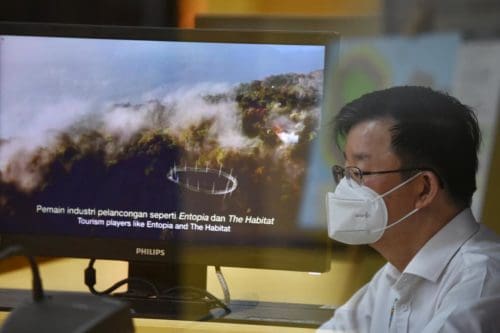
The prestigious accolade for PHBR is the third Unesco biosphere reserve to be declared in Malaysia after Tasik Chini in Pahang and Crocker Range in Sabah.
At present there are 714 biosphere reserves in 129 countries, including 21 transboundary sites under the World Network of Biosphere Reserves.
PHBR encompasses three major ecosystems, namely the terrestrial, marine and coastal ecosystems.
It spans over an area of 12,481 hectares, covering Penang Hill, Penang National Park, Penang Botanic Gardens, Teluk Bahang Dam, Ayer Itam Dam, six permanent forest reserves which are Bukit Kerajaan Forest Reserve, Teluk Bahang Forest Reserve, Laksamana Forest Reserve, Penara Hill Forest Reserve, Highlands Forest Reserve and Pantai Acheh Forest Reserve as well as several water catchment areas on Penang island.
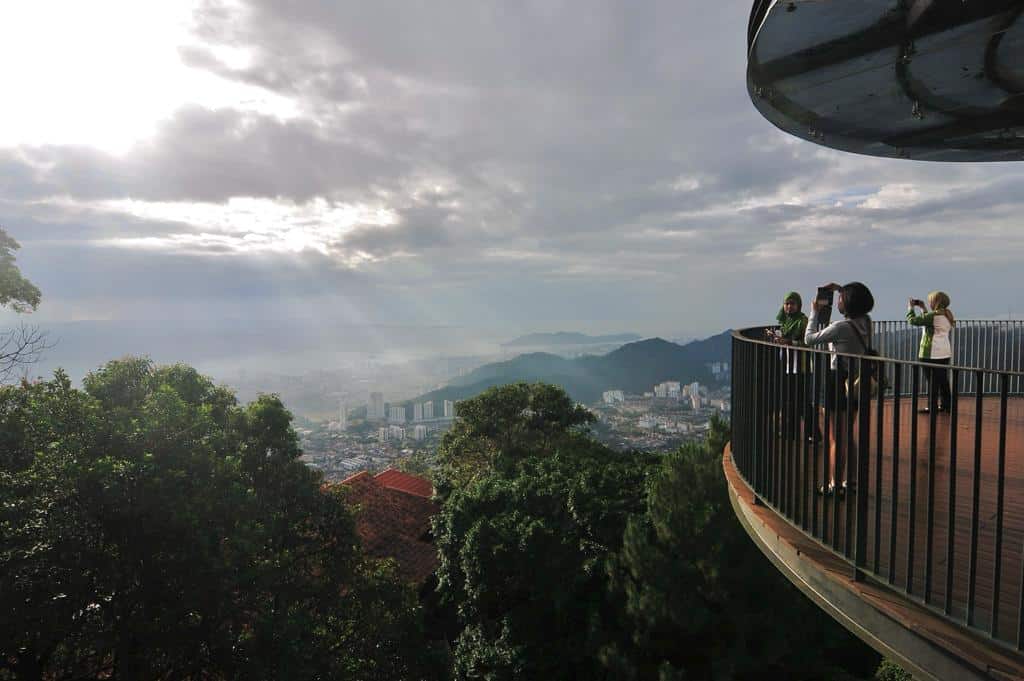
Chow added that the state government aims to make Penang a fine example for other states to emulate when it comes to conservation works and sustainable economic development in Malaysia.
“We’re confident of achieving our long-term goal to boost the international stature of Penang to become a global centre for research initiatives focusing on sustainability, biodiversity and conservation, driven by local academics who are well-versed in this field.”
Chow added that the Penang Hill Corporation board has approved to set up a management unit to manage the site.
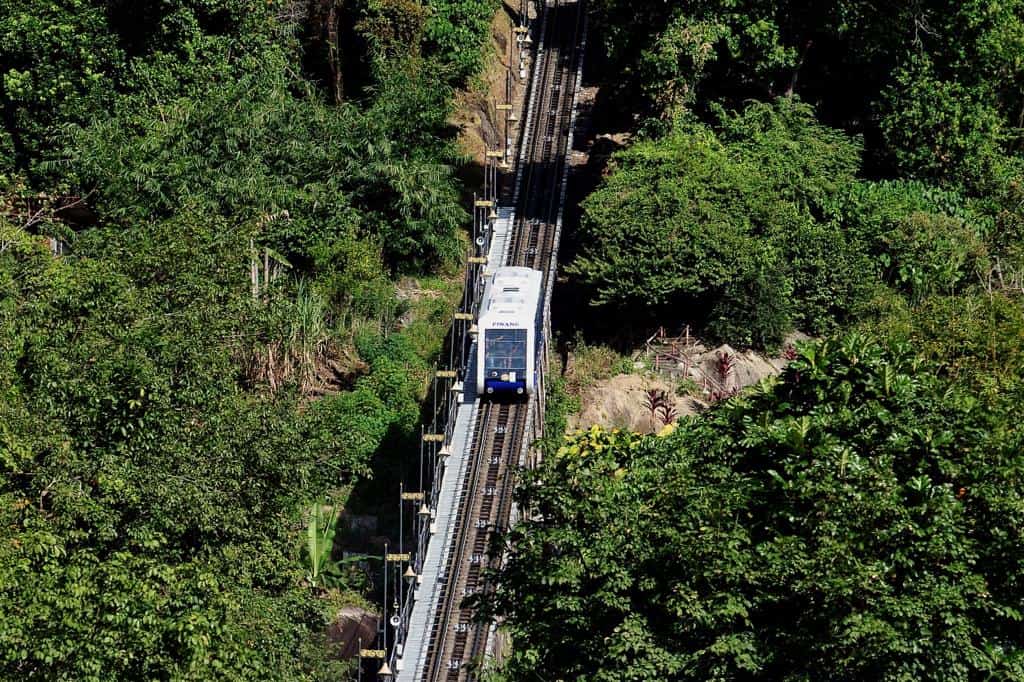
Besides that, he said lessons could also be learned from the experience of George Town World Heritage Incorporated (GTWHI) on the management aspects, like coming up with guidelines and development control and all related matters.
Chow said the initiative to nominate the PHBR kickstarted in 2016 when Lim Guan Eng was the hill corporation chairman and also the chief minister then
While celebrating the success of the five-year endeavour, Chow thanked the coordinated efforts and collaboration with The Habitat Group, learned academics from the Universiti Sains Malaysia and the various state and federal agencies together with the immense support from the Ministry of Energy and Natural Resources (KeTSA).
Among those who participated in the online press conference were state executive councillors Yeoh Soon Hin and Jagdeep Singh Deo, Air Itam assemblyman Joseph Ng, Bukit Bendera MP Wong Hon Wai, Penang Hill Corporation general manager Datuk Cheok Lay Leng, The Habitat Group founder Datuk Harry A. Cockrell, The Habitat managing director Allen Tan, USM honorary professor Dr Siti Aishah Mohd Nor and GTWHI general manager Dr Ang Ming Chee.
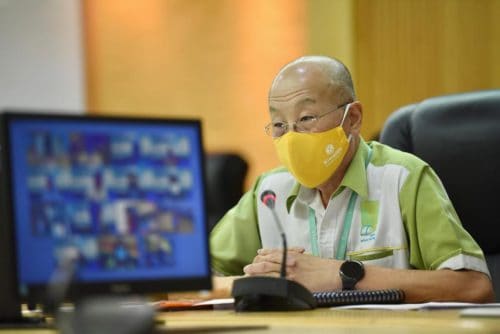
Cheok said Penang is rich in biodiversity, heritage and culture and cannot afford to lose these precious assets.
With the listing of PHBR, he said they hope that this would invoke greater awareness on the importance of protecting and conserving them.
“It’s been a long journey and finally we hit the first milestone. This is a very significant event for us and we are all very excited about it.
“The responsibility of protecting and conserving PHBR lies with everybody who utilises the natural resources and enjoy the natural assets of Penang state.
“One of the main objectives of this programme is to ensure there is balance between development and human activities.
“While we carry out leisure activities, we do not harm the natural resources that we have.
“The end objective is this: we want to preserve and conserve the natural assets that we have on the island such that they can be enjoyed by many generations to come.”
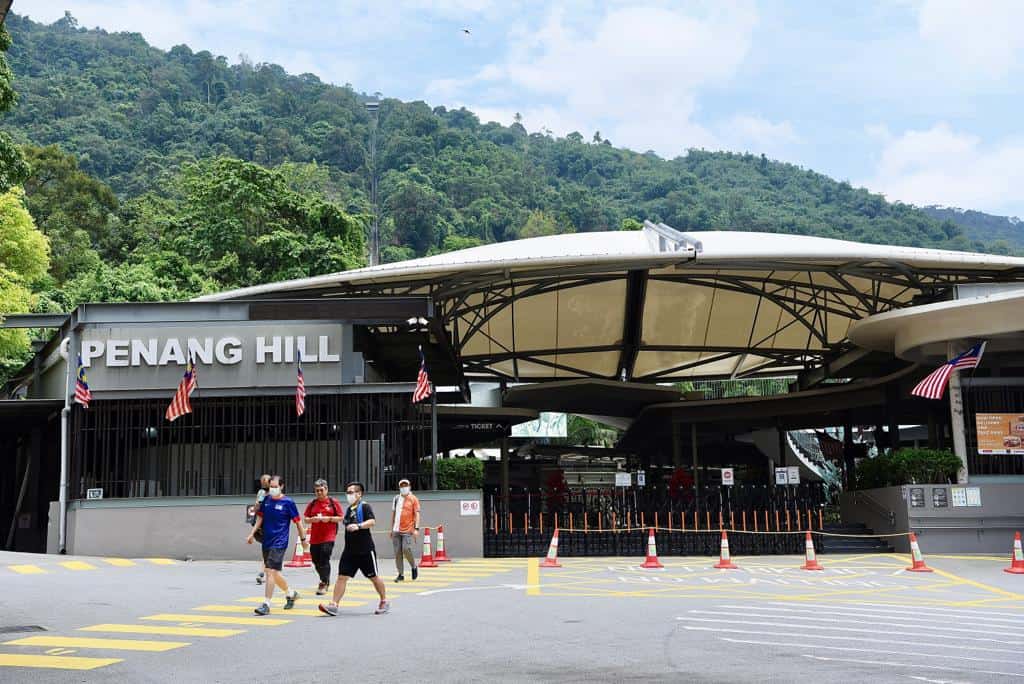
Cockrell said The Habitat Group is honoured to be part of the collaboration which has been extremely successful.
“I like to thank also the people of Penang who have shown such passion. To the hikers, to the Friends of Penang Hill, to all the residents, to all the visitors, this is the result of your passion.
“This is for the children of Penang, this is for the children of Malaysia. We are onto a wonderful beginning; there is a lot to be done,” he said.
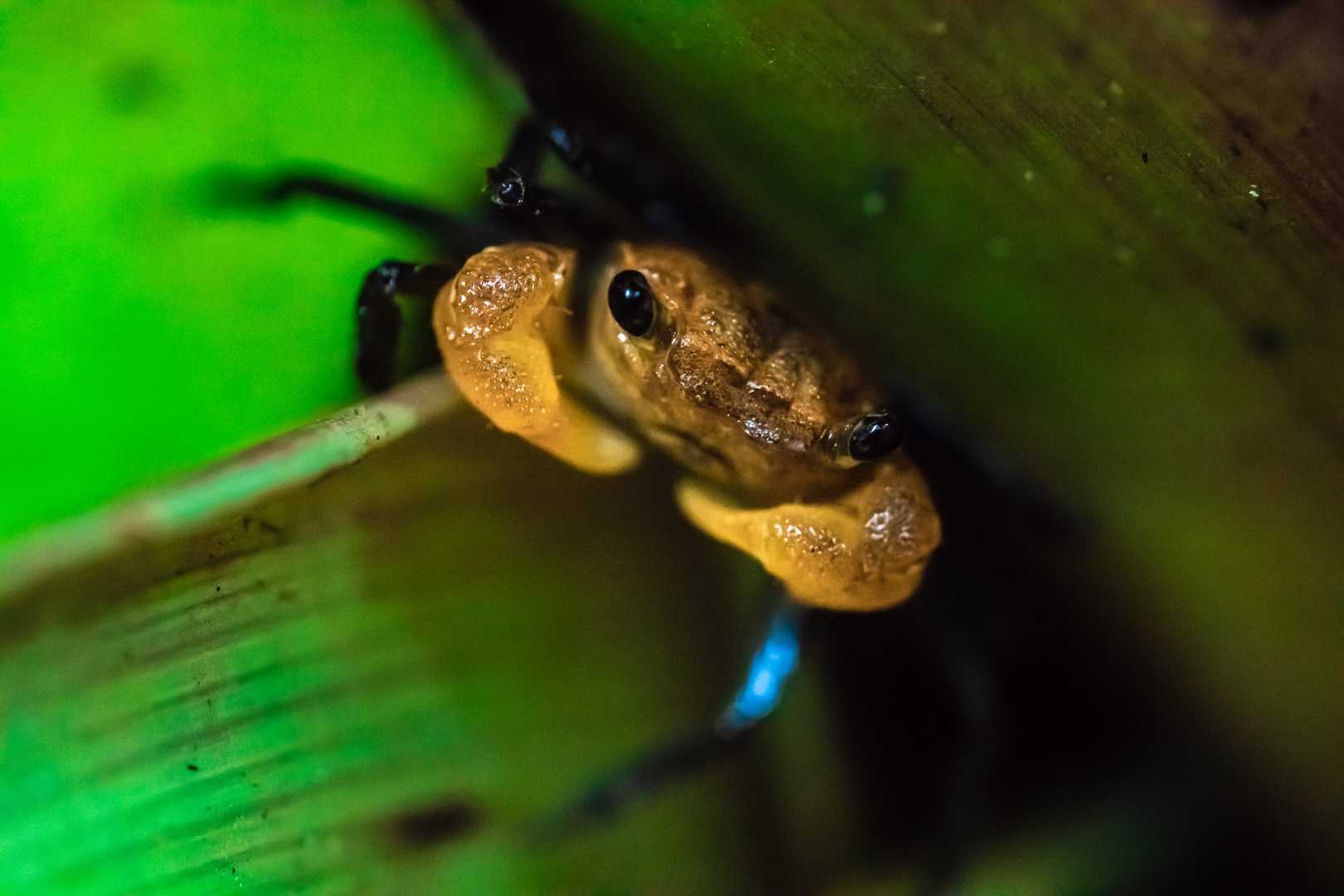
Dr Siti Aishah said the PHBR has been the focal point of biodiversity research since the 1800 and this has continued till now.
She said this region has numerous endemic species and many of these species have been named after Penang.
“We believe that there will be more new records, new species discoveries as we go along with the investigation.
“Now, we are excited about this designation because it will attract interest from national as well as international researchers. And we hope that this will bring funding for us to accelerate the research.”
Story by K.H. Ong
Pix by Muhamad Amir Irsyad Omar
Video by Alissala Thian

